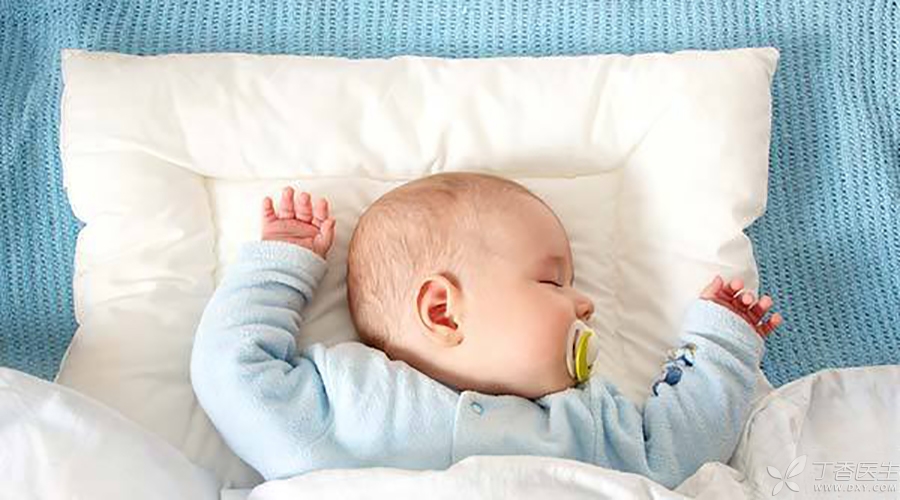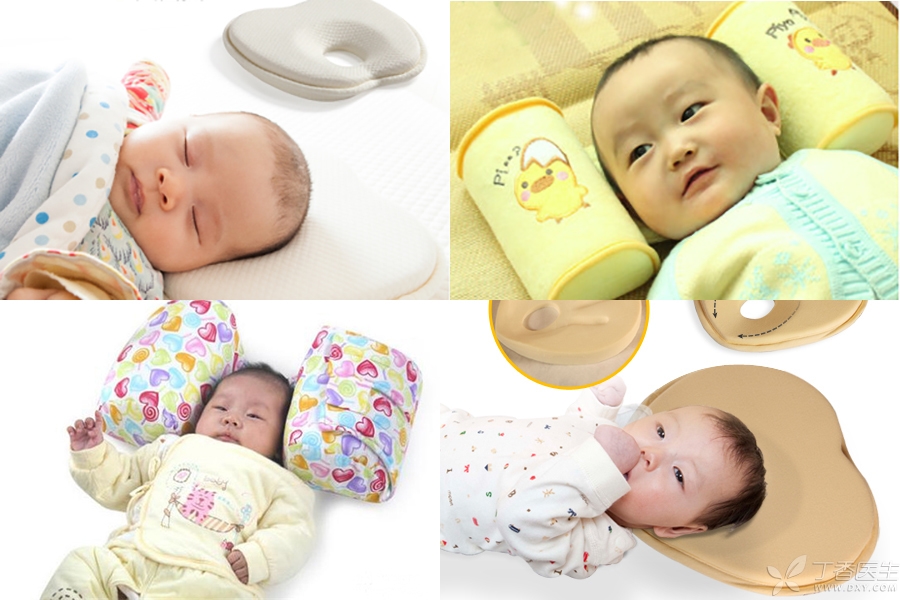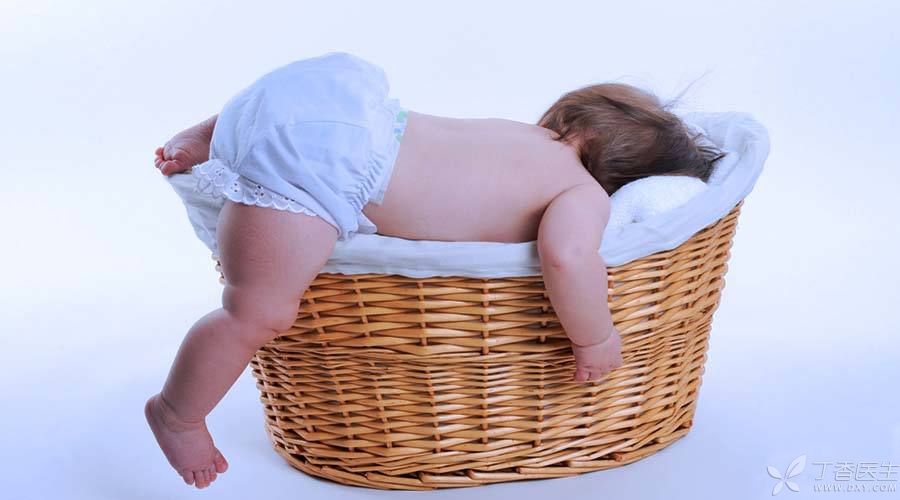
I don’t know since what, parents have also had a higher pursuit of the baby’s head. They want the baby to have a round head shape and think it looks more beautiful.
In order to realize this beautiful wish, many parents have prepared stereotyped pillows for their children early on. It is said that they can achieve the magical effect of [preventing those who have not slept off the track, but correcting those who have slept off the track], which perfectly solves parents’ worries about the baby’s head shape.
However, is it really so useful to publicize so well?
The truth is useless
First of all, it needs to be made clear that the fixed pillow (also called anti-side sleeping pillow) used by parents for the baby is useless to prevent and correct the baby’s partial head.
Before the age of 1, the baby’s skull seam has not been fully fused, and the skull is relatively soft and elastic, which is easy to deform under pressure. If the baby is used to sleeping on one side, it is easy to sleep on the other side.
Sleeping on the head is actually a very common thing, many babies will have it, but some babies are obvious and some babies are not so obvious. In addition to a few especially serious cases, generally speaking, the head sleep on the head will only affect the head shape and will not affect the development of the brain.
Seeing this, parents may say that they can’t just ignore it because it is common. The baby’s head has always been tilted to affect its appearance.
In fact, parents do not need to worry that head deviation will accompany the baby for a lifetime, because as the baby grows up, the problem of head asymmetry can be recovered by itself, and the performance of head deviation will not last until puberty.
Moreover, parents can also prevent a certain part of the baby’s head from being continuously pressed by changing the position of the baby’s head frequently, encouraging the baby to play on his stomach and turn his head more, etc., thus helping the head shape to recover.
From the perspective of baby safety, early use of stereotyped pillows will also increase the risk of asphyxia and sudden death. For babies, sleeping on their backs is the safest. Fixing the baby’s sleeping position with stereotyped pillows or other devices may increase the risk of sudden infant death syndrome.
Authorities in various countries also do not recommend the use of stereotyped pillows for babies, so there is really no need to spend this money to buy stereotyped pillows for babies.

(None of this is necessary)
How to choose baby pillows? How?
Although it is not recommended to use a fixed pillow for the baby, as the baby grows up, it will gradually transition from no pillow to pillow, so when what gives the baby a pillow? What kind of pillow should I choose?
1. When did what start using pillows?
Generally speaking, babies after the age of 1 can start using pillows.
2. What kind of pillow do you want to choose?
For the sake of baby’s safety and health, the following principles should be paid attention to when selecting pillows.
The length, width and height should be suitable.
The height of the pillow should be adapted to the baby’s neck curvature, and it is best to keep the baby’s head and body on the same horizontal line.
Pillows for babies can generally start from a height of 3 cm, the width should be equivalent to the length of the baby’s head, and the length should be greater than twice the shoulder width of the baby.
With the development of the baby, parents should adjust the size and height of the pillow in time. Never give the baby an adult pillow from the beginning, nor do they sleep big with one pillow.

Hardness and softness should be appropriate.
The American Academy of Pediatrics recommends not to use too soft items for babies, including pillows, scarves, toys, mattresses, etc., because too soft items are easy to cause babies to sink their faces into them and increase the risk of suffocation.
Therefore, pillows that are too soft cannot be selected, but pillows that are too hard are not good either. Long-term use of hard pillows will easily deform the baby’s soft skull.
When picking pillows for your baby, you can put your baby’s head on the pillow for observation. If your baby’s head can naturally cling to the pillow and the subsidence degree does not exceed 3 cm, then this degree of hardness is appropriate.
Comfortable and safe materials
Pillows and pillowcases should be made of comfortable and soft fabrics, such as pure cotton fabrics. It is better to choose light colors, which are more eye-catching when dirty and can remind parents to clean them in time.
The pillow core selection should pay attention to air permeability, hygroscopicity, hardness, ease of cleaning, safety and other indicators, and select materials that have no irritating taste, are non-toxic and harmless, and will not cause baby allergy, such as pure cotton and kapok.
3. Attention should also be paid to frequent changes.
Baby’s metabolism is relatively exuberant, it is easy to soak pillows because of sweating when sleeping. Moreover, the baby sometimes has milk overflow and drooling. Pillows are easy to become hotbeds of various germs and mites, which may cause allergic rhinitis, bronchial asthma, eczema, etc.
Therefore, parents should prepare at least two sets of pillows, pillowcases and pillow cores for their babies. It is best to ensure that they are cleaned once a week and dried or dried in the sun.
